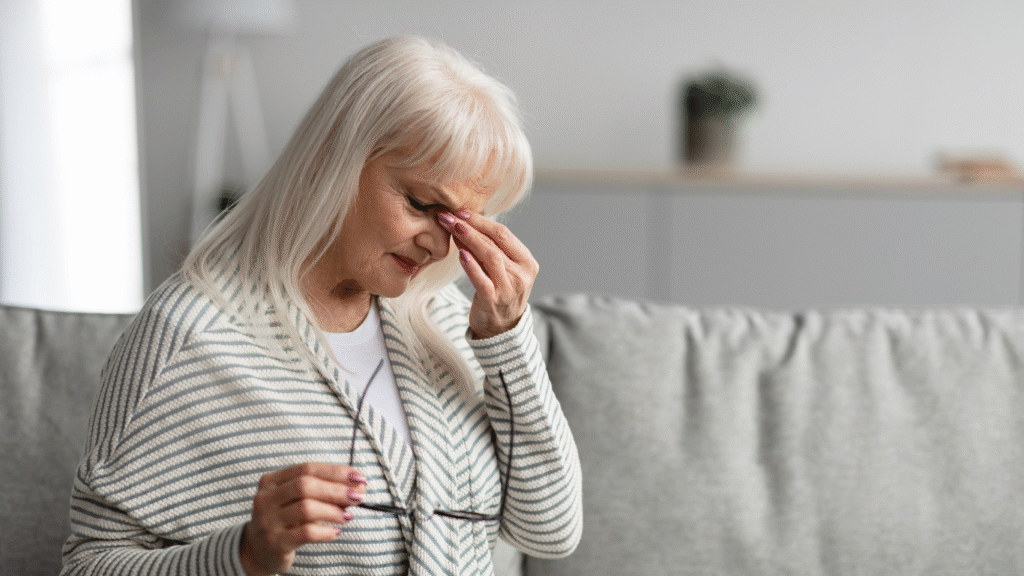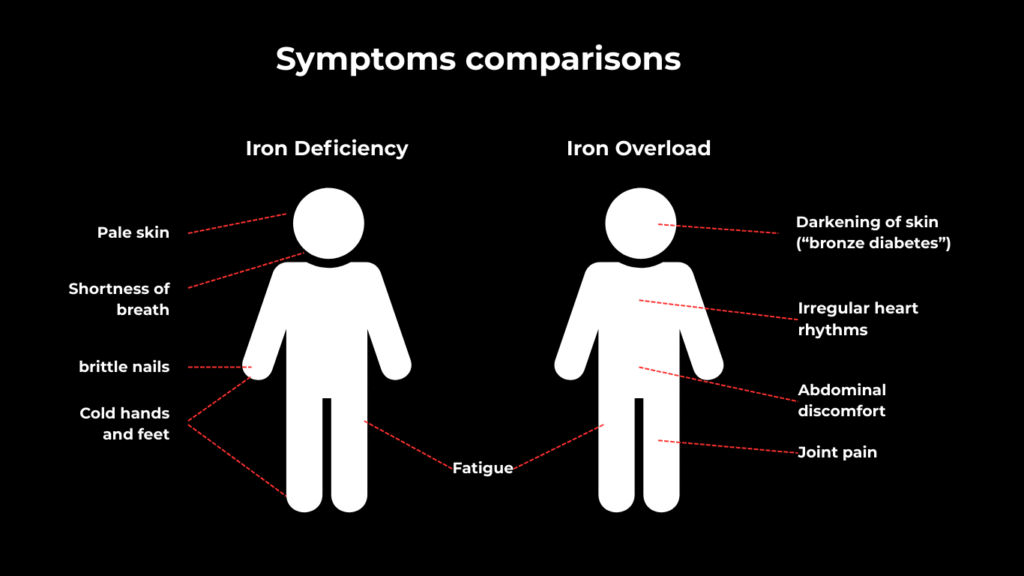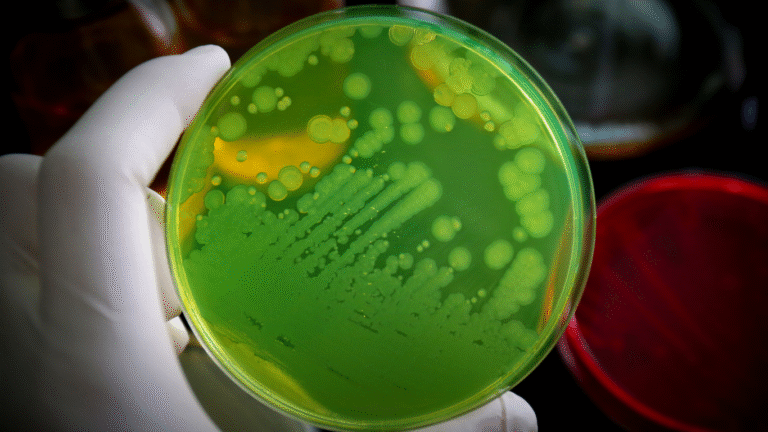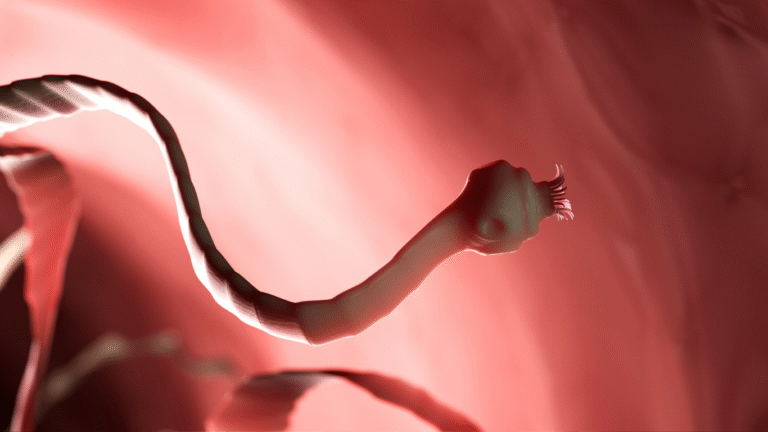
Iron Deficiency vs. Iron Overload: Why Balance Matters — discover how both too little and too much iron affect your body and how to keep levels just right.
You know that feeling when your phone is at 3% battery, and you’re desperately searching for a charger… but then imagine plugging it into an overpowered one that overheats and fries it. That’s what iron imbalance is like for your body — either you’re running on low power mode, or your system’s overheating.
Iron Deficiency vs. Iron Overload: Why Balance Matters — it’s about understanding that both extremes can drain your energy, mess with your mood, and damage your long-term health.
What Is Iron and Why Should You Care?
Before diving into the two extremes, let’s talk about what iron actually does. Iron is a mineral your body uses to make hemoglobin — a protein in red blood cells that carries oxygen from your lungs to every cell in your body. Without it, your organs can’t work at full capacity.
Think of iron as the delivery driver for your body’s oxygen supply. No iron = no deliveries = your body’s “offices” shut down. Too much iron = traffic jams and accidents in the delivery route.
Iron comes in two forms:
- Heme iron (from animal foods like meat and fish) — easier to absorb.
- Non-heme iron (from plants like beans and spinach) — needs more help to absorb.
Iron Deficiency: Running on Empty
Picture this: Mia, a 19-year-old college student, is juggling classes, part-time work, and TikTok dance challenges. She’s always tired, forgets what she studied, and gets dizzy climbing stairs. She blames stress… until a blood test shows her iron is so low she’s basically on “energy saver” mode.
Iron deficiency happens when your body doesn’t have enough iron to make hemoglobin. Without it, oxygen delivery slows down, making you feel tired and weak.
Common signs of iron deficiency:
- Fatigue that doesn’t improve with rest
- Pale skin or brittle nails
- Shortness of breath during light activity
- Brain fog and poor concentration
- Cold hands and feet
If left unchecked, iron deficiency can lead to iron deficiency anemia — a more serious condition where your blood simply can’t carry enough oxygen.
Reflective question: Have you ever had days where no amount of sleep made you feel energized?
Iron Overload: When More Isn’t Better
On the flip side, meet Jake. He’s a gym bro who takes high-dose iron supplements “for energy,” despite never testing his levels. Six months later, he’s dealing with joint pain, fatigue, and skin that’s oddly bronze-toned. Tests reveal he has iron overload — his organs are literally storing too much iron, slowly causing damage.
Iron overload (often from a condition called hemochromatosis) is when excess iron builds up in your body, especially in the liver, heart, and pancreas. Over time, this can lead to organ damage, diabetes, and heart problems.
Warning signs of iron overload:
- Chronic fatigue
- Joint pain
- Abdominal discomfort
- Darkening of skin (“bronze diabetes”)
- Irregular heart rhythms
Too much iron is toxic because it creates oxidative stress — think of it as your organs rusting from the inside.
Reflective question: If you’ve been taking supplements without testing, do you actually know what your iron levels are?

How to Check Your Iron Levels
If you’re feeling “off” and suspect iron issues, don’t guess — get tested. A basic iron panel includes:
- Serum iron — iron circulating in your blood
- Ferritin — iron stored in your body
- TIBC (Total Iron-Binding Capacity) — how much capacity your blood has to carry iron
- Transferrin saturation — percentage of your iron transport system that’s active
Example:
- Low ferritin + high TIBC = likely iron deficiency
- High ferritin + high transferrin saturation = likely iron overload
These tests are like your Google Maps for iron — they tell you whether you’re low, balanced, or dangerously high.

Finding the Iron “Goldilocks Zone”
You’ve probably heard “not too little, not too much” in fairy tales — the same applies to iron. Here’s how to keep it balanced:
If you have iron deficiency:
- Eat iron-rich foods (red meat, chicken, tofu, lentils, spinach)
- Pair with vitamin C (oranges, strawberries, bell peppers) for better absorption
- Avoid tea/coffee right after meals — they block iron absorption
If you have iron overload:
- Avoid iron supplements unless prescribed
- Limit red meat and iron-fortified products
- Donate blood regularly (if medically cleared) — it helps reduce iron stores
Fun fact: Cooking with cast iron pans can boost iron content in food — good if you’re low, not so great if you’re high.
Reflective question: Which side of the iron balance do your current eating habits lean toward?
Why Balance Matters for Your Future
Iron isn’t just about avoiding fatigue today. Your levels influence brain health, immune strength, and even how well you age.
- Too little iron: Linked to poor cognitive performance, weakened immunity, and complications in pregnancy.
- Too much iron: Increases risk of liver disease, heart problems, and certain cancers.
Quick fact for socials: Your brain uses about 20% of your body’s oxygen — without enough iron, it’s like trying to stream Netflix on 1 bar of Wi-Fi.
Recap: Iron Deficiency vs. Iron Overload
Key takeaways:
- Iron is essential for oxygen transport, energy, and brain function.
- Iron deficiency = low oxygen delivery → fatigue, brain fog, weakness.
- Iron overload = excess storage → organ damage, oxidative stress.
- Testing is the only way to know your true iron status.
- Balanced diet + smart habits = staying in the “Goldilocks” zone.
Why It Matters for You
Whether you’re cramming for finals, hitting the gym, or just trying to keep up with life, iron balance is your hidden performance booster. Get it wrong, and you risk long-term health problems. Get it right, and you’ll feel the difference in your energy, focus, and mood.
Challenge: Book a blood test this month if you’ve never checked your iron — and share your results with a healthcare provider before making any changes.
If you want to learn more about nutrient balance, check out our guide on how vitamins and minerals work together and the World Health Organization’s anaemia resources.
Sources:
- https://ods.od.nih.gov/factsheets/Iron-HealthProfessional/
- https://www.cdc.gov/nutrition/infantandtoddlernutrition/vitamins-minerals/iron.html
- https://www.who.int/health-topics/anaemia#tab=tab_1
- https://www.cambridge.org/core/journals/british-journal-of-nutrition/article/iron-overload-and-health/
- https://pubmed.ncbi.nlm.nih.gov/16291493/








